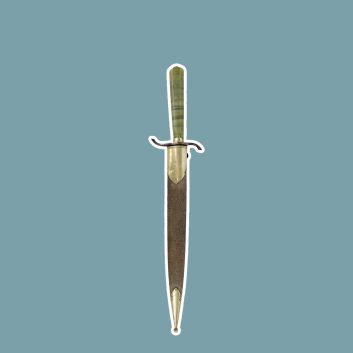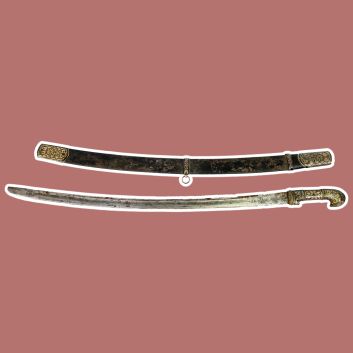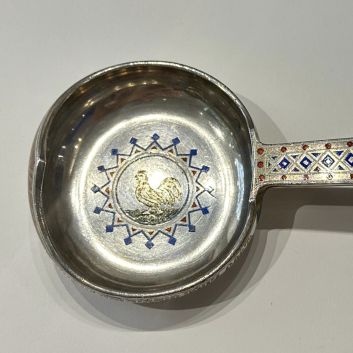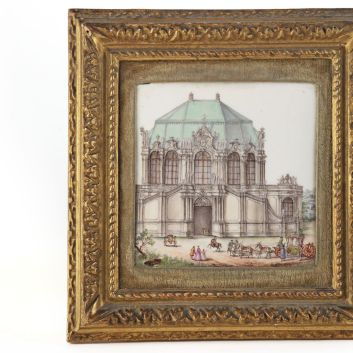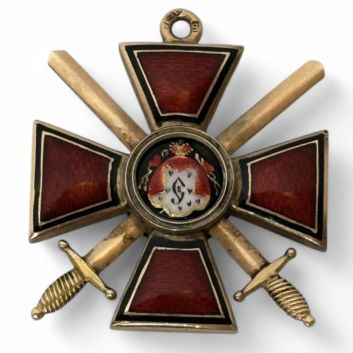Rating and value of Fabergé objets d'art
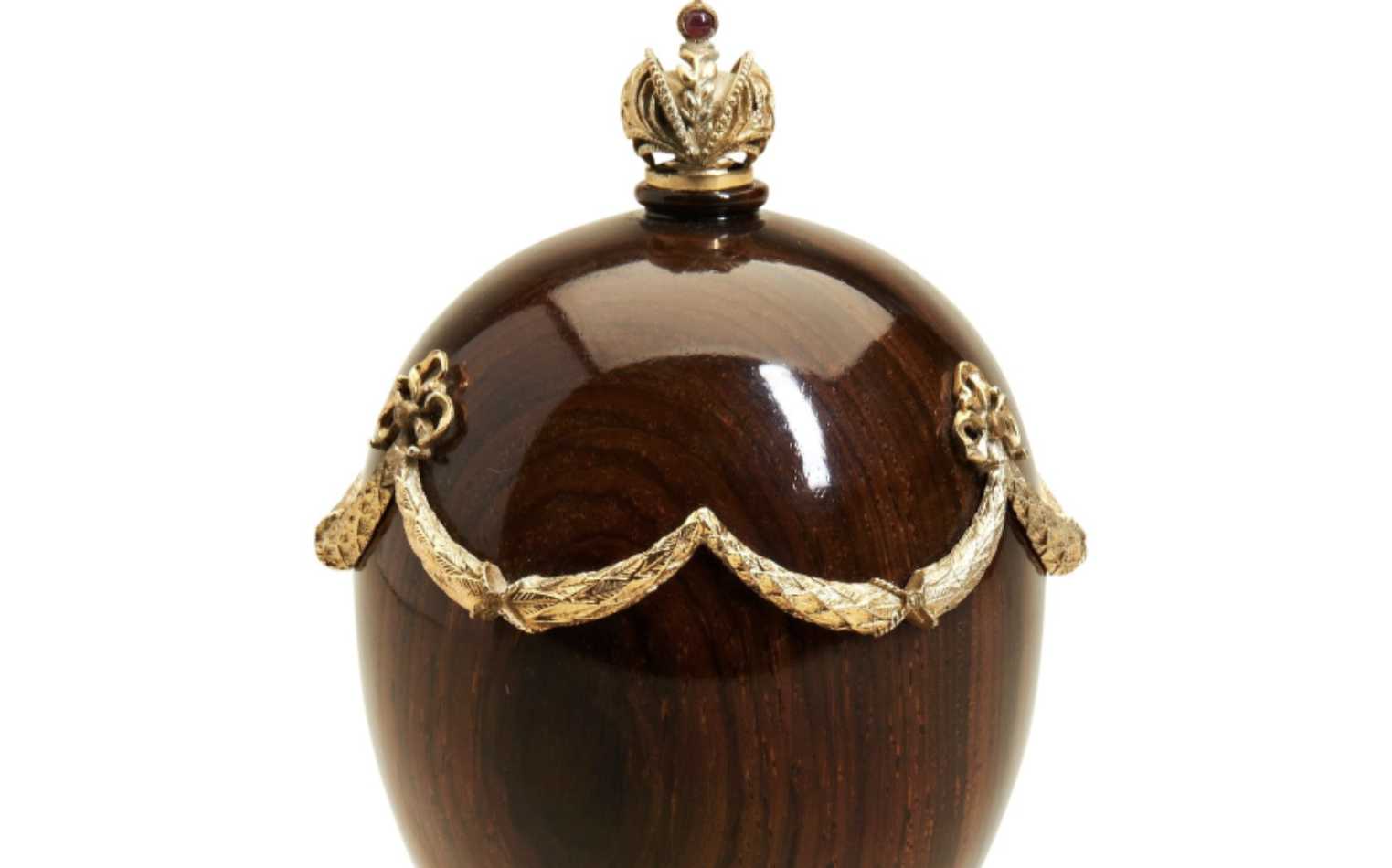
If you own an objet d'art by or after Pierre-Karl Fabergé, and would like to know its value, our state-approved experts and auctioneers will be happy to offer you their appraisal services.
Our specialists will carry out a free appraisal of your work, and provide you with a precise estimate of its current market value.
Then, if you want to sell your work, we'll point you in the right direction to get the best possible price for it.
Rating and value of the artist Pierre-Karl Fabergé
Pierre-Karl Fabergé leaves behind an important body of work for his century. Now, prices for his works can be raised to the auctioneer's hammer.
His paintings are highly prized, especially by French buyers. The price at which they sell on the art market ranges from €40 to €2,710, a fairly substantial range, but one that speaks volumes about the value that can be attributed to Fabergé's works.
In 2002, a silver scallop shell sold for €56,000. It was estimated at between €5,000 and €10,000. Its value is high and stable.
Order of value from a simple work to the most prestigious
Technique used | Results |
|---|---|
Modern production | From €80 to €500 |
Drawing - watercolor | From €530 to €1,500 |
Silver objects | From €500 to €8,300 |
Egg after Karl Fabergé | From €18,000 to €20,000 |
Glass objects | From €90 to €56,000 |
Stone sculpture | From €20,000 to €300,000 |
Response in less than 24h
Style and technique of the artist Karl Fabergé
Karl Fabergé is an emblematic figure in goldsmithing, combining exceptional technical mastery with a rare artistic sensibility.
His works, notably the famous imperial eggs, reflect an art that sublimates precious materials, combining gold, silver, gemstones and enamel in compositions of great elegance.
Inspired by the classical forms and ornamentation of Art Nouveau, Fabergé reinvents floral and organic motifs with a delicacy that is uniquely his own, favoring fluid lines and details of infinite precision.
The Fabergé workshop, a place of innovation and expertise, is renowned for its constant quest for perfection in complex techniques such as cloisonné enamel and invisible setting, which give each creation its own special sparkle.
But what really sets Fabergé apart is his playful, ingenious approach: his pieces often feature secret mechanisms or miniature surprises, revealing an almost narrative dimension.
In an era marked by the splendor of the European courts, he transcended simple ornamentation to achieve an aesthetic in which luxury became a timeless, universal art of living.
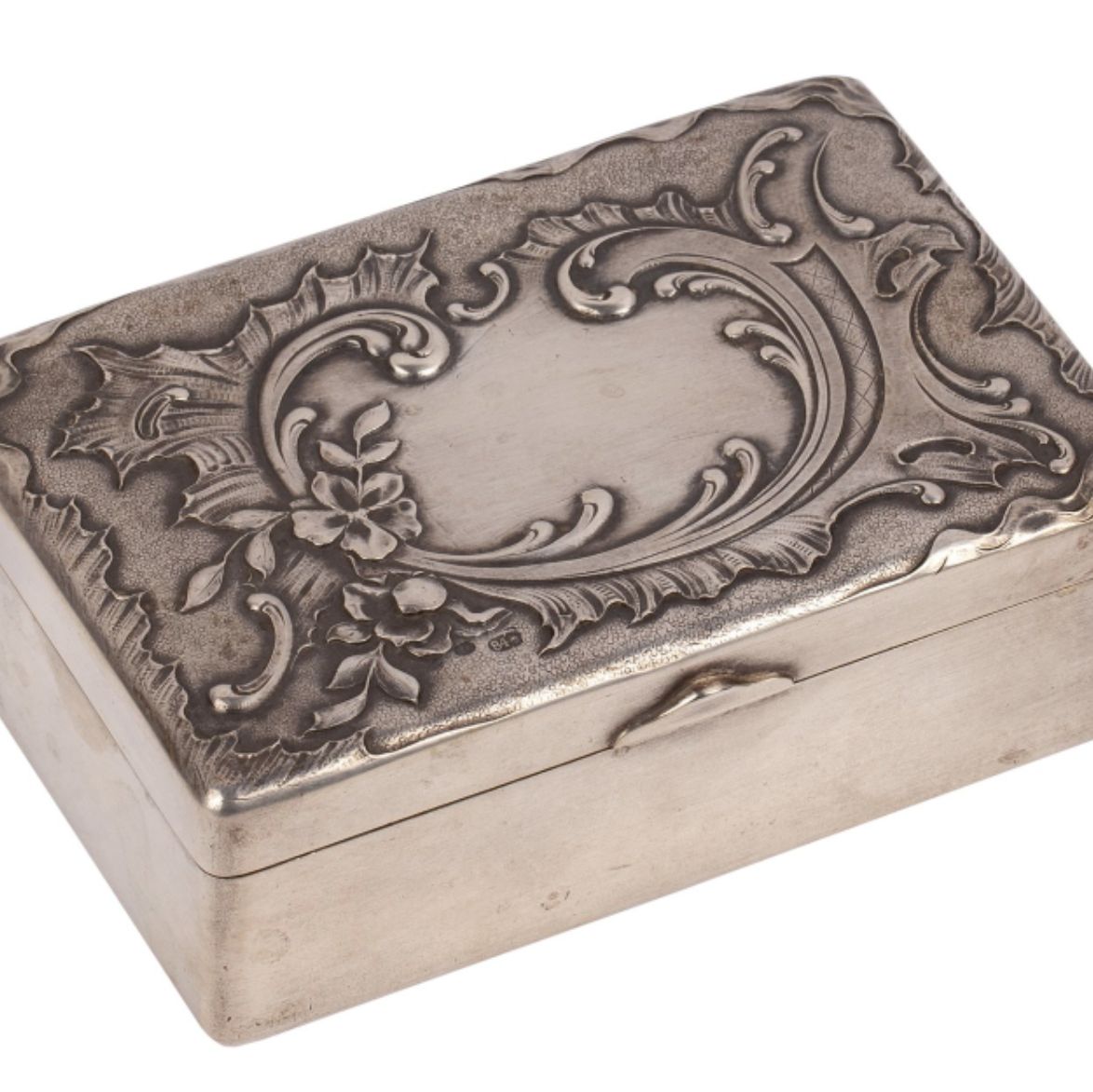
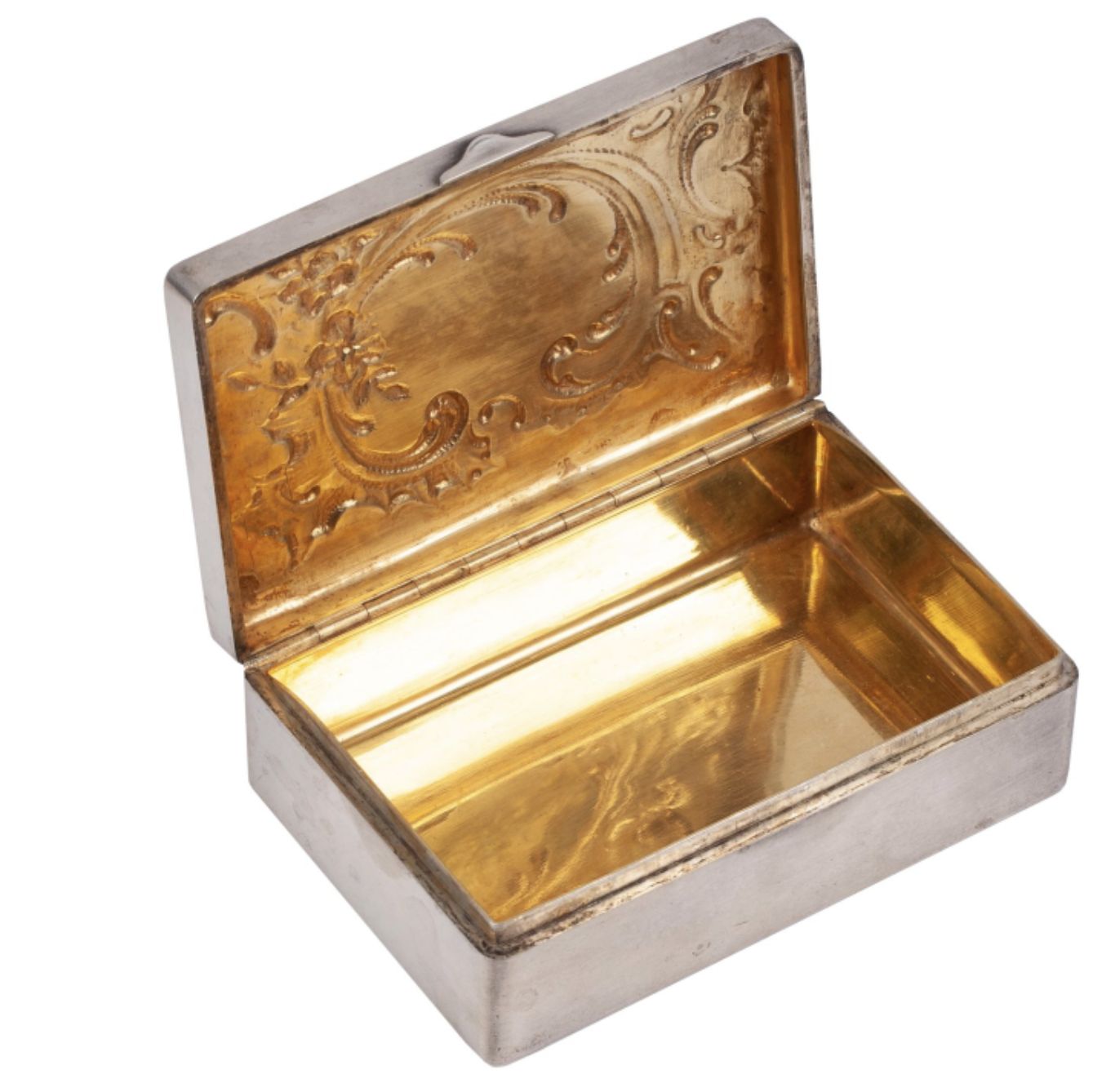
The history of the House of Fabergé
The House of Fabergé, founded in St. Petersburg in 1842 by Gustav Fabergé, quickly established itself as a symbol of jewelry excellence.
It was under the direction of his son, Karl Fabergé, that the company reached its apogee, becoming official supplier to the Russian imperial court. Born in 1846, Karl Fabergé inherited not only his father's talent, but also an innovative artistic vision.
After studying in Europe, he returned to Russia with a perfect mastery of Western jewelry traditions, which he adapted to a unique style blending refinement, audacity and technical innovation.
The history of Fabergé was written in the splendor of imperial commissions, notably the famous Easter eggs, sumptuous creations combining complex engineering and sumptuous aesthetics.
These pieces, often equipped with secret mechanisms, became emblems of an era when the wealth of the Romanov court rivaled artistic ingenuity.
But the revolution of 1917 disrupted this golden age: the company was nationalized, and Karl Fabergé, forced into exile, died in Switzerland in 1920. However, his legacy lives on, embodying the essence of timeless luxury and the quintessence of exceptional craftsmanship.
His career, marked by regular exhibitions and belated recognition, spans almost six decades. Blanchard combines a technical mastery inherited from the ancients with a discreet modernity imbued with introspection.
Through his compositions, he leaves behind a vision of the sublimated everyday, where each object, each shadow finds its place in a space that is both intimate and universal.
Today, some of Fabergé's works are just as highly prized as those of twentieth-century goldsmiths such as Goudji, Jean Desprès or Jean Mahie.
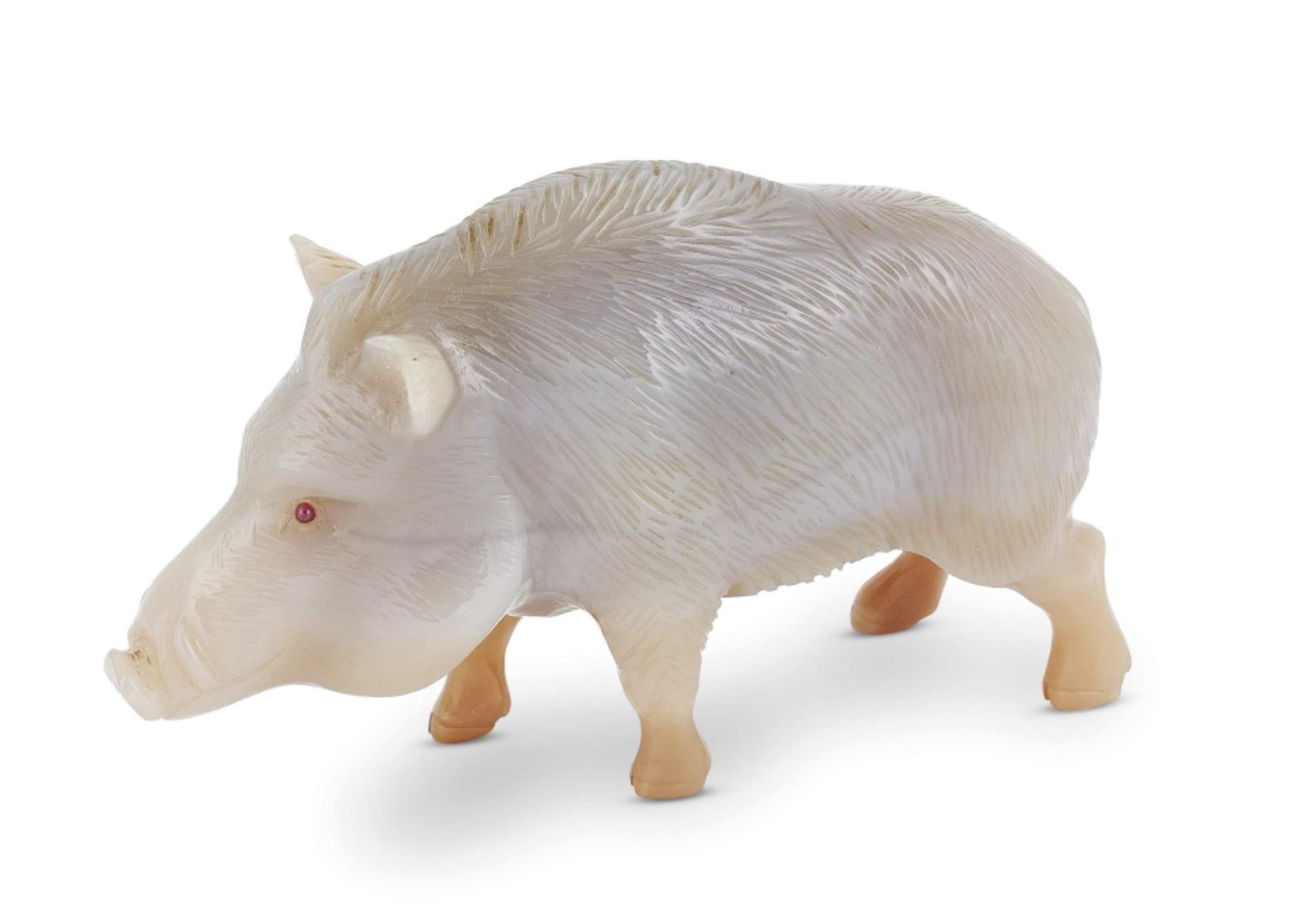
Focus on Fabergé's Rothschild egg
Fabergé's Rothschild egg, an absolute masterpiece of imperial jewelry, is a shining example of Fabergé's consummate artistry and technical daring.
Made in 1902 for the Rothschild family, this translucent pink enamel egg rests on a finely chased yellow gold pedestal, punctuated with delicate arabesques and brilliant-cut diamond inlays.
Beneath the apparent sobriety of its floral decoration lies a fascinating mechanical feat: at the top of the egg, a rooster set with diamonds, polychrome enamel and rose gold spouts out at set times, bringing the jewel to unexpected life.
The rubies and emeralds punctuating the motifs on the base offer a striking contrast to the brilliance of the pavé gemstones, magnifying the chromatic balance of the whole.
This treasure, both clock and objet d'apparat, embodies the perfect alliance between functionality and sumptuousness.
Fabergé not only sublimated precious metals, but also pushed goldsmithing to the point of extreme refinement, mastering the art of guilloché enameling with a virtuosity that lends incomparable depth and light to every detail.
More than a simple object, the Rothschild egg bears witness to an era when wealth was translated into a sophisticated artistic language, uniting science and beauty in perfect harmony.
Success and renown of Fabergé's works
Fabergé eggs owe their fame and exceptional value to a rare combination of technical virtuosity, exclusivity and imperial history.
Created between 1885 and 1917 for Tsars Alexander III and Nicholas II, these objets d'art epitomize the ultimate luxury, commissioned to celebrate key moments in the Romanov dynasty.
Each egg, unique in its conception, reveals extreme refinement: precious materials such as gold, platinum, diamonds, rubies or pearls are combined with guilloché enamels of unrivalled transparency and brilliance.
Beyond their opulence, these creations conceal complex, ingenious mechanisms and meticulously crafted surprises - miniatures, automata, jewels - that reinforce their enigmatic, fascinating character.
The House of Fabergé, under the direction of Karl Fabergé, elevated these works to near-mythical status, combining artistic innovation with unrivalled jewellery-making techniques.
What's more, their rarity adds to their prestige: of the fifty imperial eggs made, only forty-three have been located to date, making each one a priceless historical relic.
Finally, their association with the lost splendor of Imperial Russia and the tragic fall of the Romanovs lends these objects a romantic, nostalgic aura, captivating collectors and art lovers the world over.
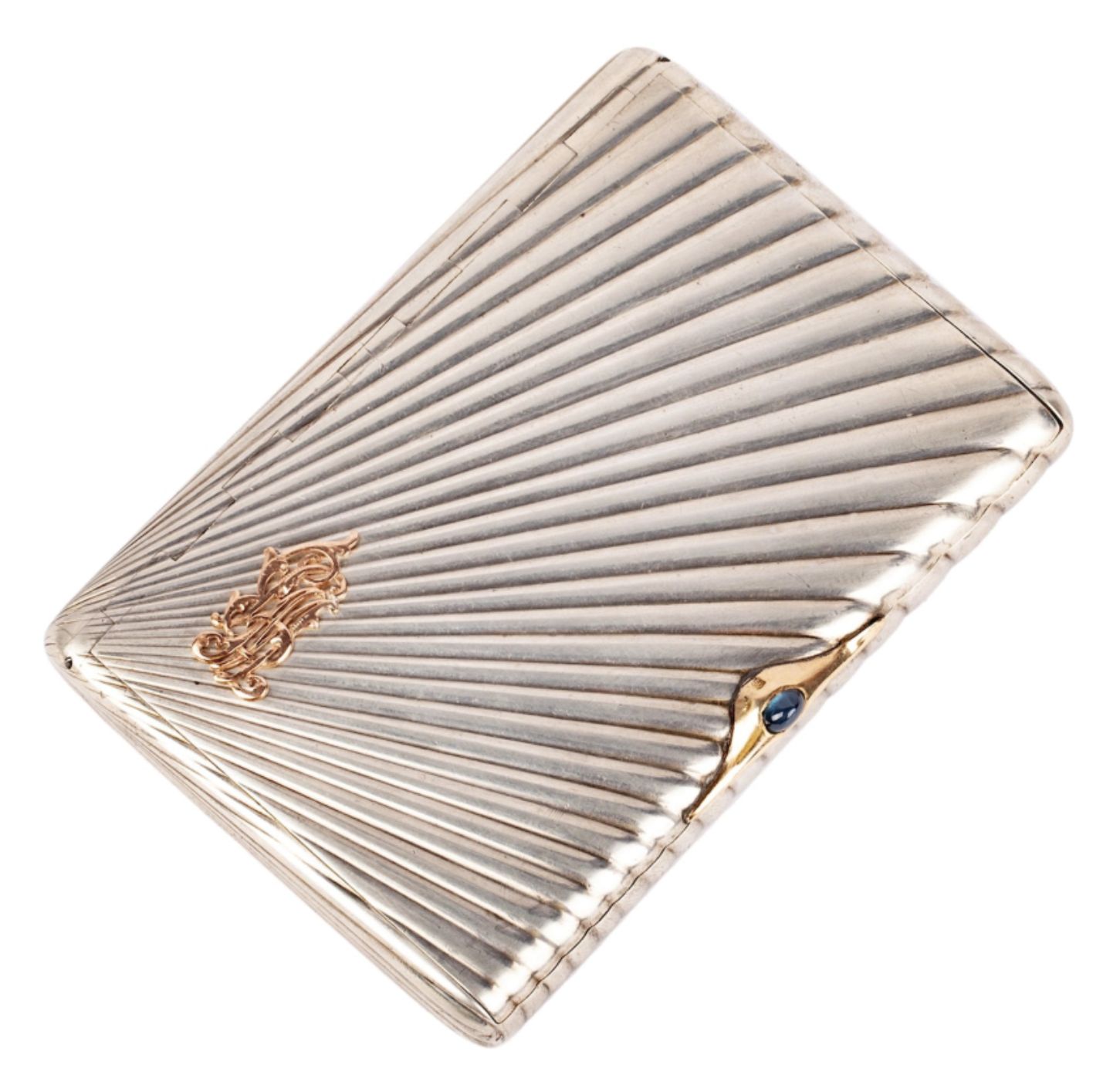
Functionality and aesthetics of Fabergé eggs
The history of Fabergé eggs is littered with anecdotes revealing both their symbolism and their technical ingenuity, but one of the most striking episodes remains the creation of the Rothschild egg.
Commissioned in 1902 to celebrate the engagement of Béatrice Ephrussi de Rothschild, this object is in itself a lesson in jewelry virtuosity.
Crafted in pink gold and pale pink translucent enamel, it is punctuated with brilliant-cut diamonds and topped by a multicolored enamel automaton cock, driven by an extremely precise watchmaking mechanism.
This miniature rooster, springing up at regular intervals to flap its wings and crow, illustrates the combination of mechanical meticulousness and decorative splendor that characterizes Fabergé's creations.
The use of precious materials - gold, enamel, gemstones - is accompanied here by an exceptional mastery of guillochage, a subtle technique that gives enamel a shimmering textured effect, varying according to the lighting.
But this masterpiece, like so many others, owes its fame not only to its aesthetic appeal. The Rothschild egg also bears witness to the central role these objects played in the aristocratic ostentation of the late 19th century.
In offering such a gift, the Rothschilds were following in a tradition of sumptuous patronage, comparable to that of the Romanovs.
In 2007, the Rothschild egg resurfaced at an auction where it fetched a record $18.5 million, becoming one of the most expensive works of art ever sold.
This astronomical price illustrates the extent to which these creations transcend their initial function, becoming symbols of prestige, rarity and know-how that has now disappeared.
That's why these objets d'art are so mythical, famous and admired the world over. They cultivate the rarity, prestige and beauty of a fine jewelry house, combined with unrivalled refinement.
Fabergé signature and hallmarks
Fabergé creations are always signed and hallmarked. They are, however, widely counterfeited.
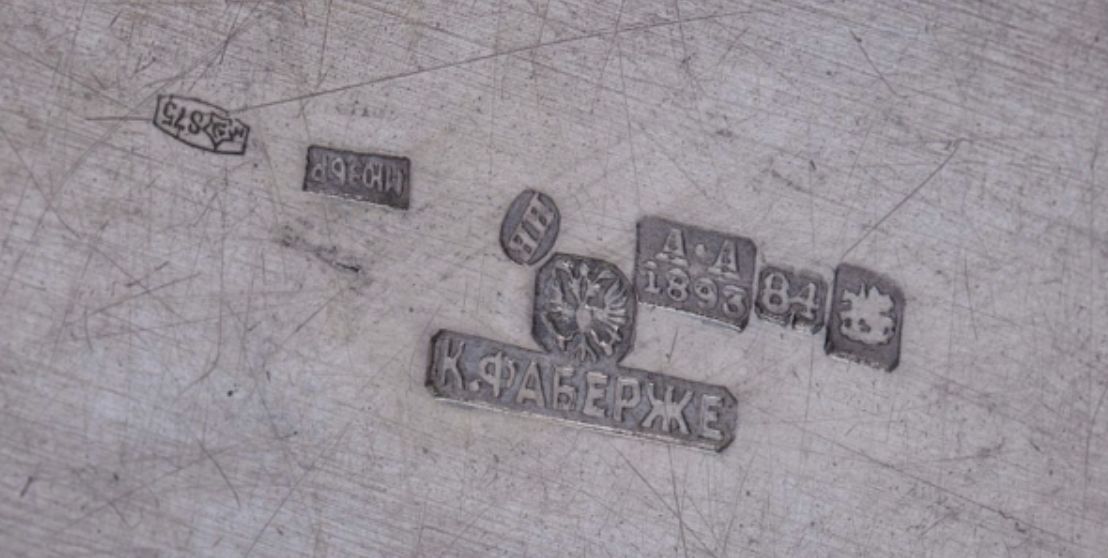
Knowing the value of a work
If you happen to own a work by or after Pierre-Karl Fabergé, don't hesitate to request a free appraisal using the form on our website.
A member of our team of experts and certified auctioneers will contact you promptly to provide you with an estimate of the market value of your work, as well as any relevant information about it.
If you wish to sell your work of art, our specialists will also be on hand to help you sell it at the best possible price, taking into account market trends.
Response in less than 24h
Related topics

Rating and value of paintings, drawings and engravings by Alphonse...
Alphonse de Neuville is a 19th-century military painter who is highly regarded at auction. His works are highly valued.
Read more >
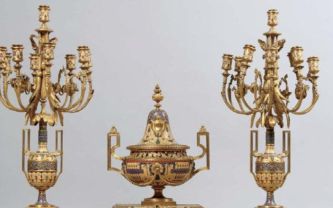
Rating and value of works, sculptures, lighting fixtures by Ferdinand...
Ferdinand Barbedienne was a 19th-century art foundryman who produced works of great value at auction.
Read more >
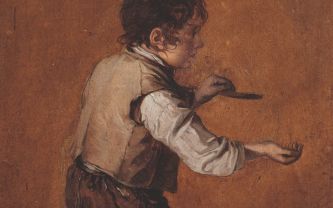
Rating and value of paintings by Martin Drölling (father)
Martin Drölling was a 19th-century painter, famous for painting with the hearts of the Kings of France. His paintings are highly prized.
Read more >
Secure site, anonymity preserved
State-approved auctioneer and expert
Free, certified estimates
